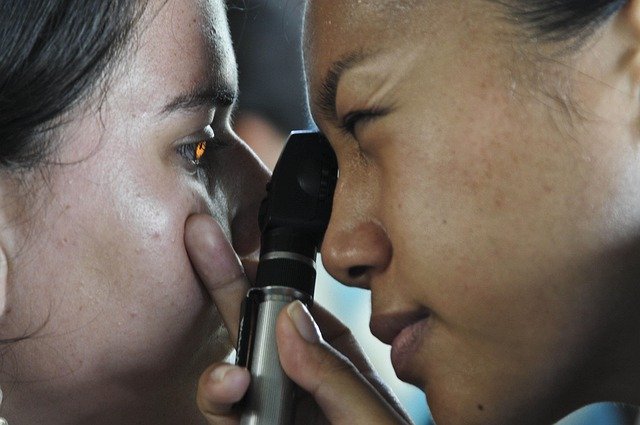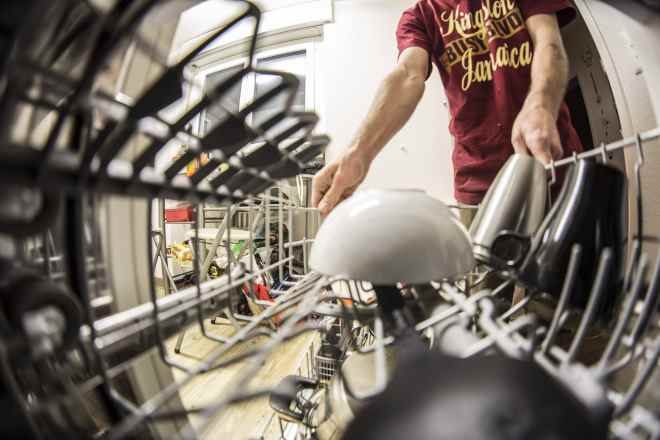Clearer Vision with LASIK: What You Should Know Before Scheduling
Many people consider LASIK eye surgery to reduce reliance on glasses or contact lenses. Modern procedures use precise laser technology to address individual vision needs with improved safety and accuracy. Understanding why people choose LASIK, the latest advancements in laser techniques, and what to expect during consultations and preparation can provide clarity for anyone exploring their options. For those curious about the steps involved and potential benefits, learning more from qualified providers can help guide informed decisions about scheduling a procedure.

LASIK (Laser-Assisted In Situ Keratomileusis) represents one of the most significant advances in vision correction technology. This outpatient procedure has helped millions achieve clearer vision with minimal downtime and impressive success rates.
Common Reasons People Choose LASIK Vision Correction
Many individuals seek LASIK surgery to address daily inconveniences associated with glasses and contact lenses. Athletes and active individuals often choose LASIK to eliminate concerns about broken glasses or lost contacts during physical activities. Professional requirements may also drive the decision, particularly for careers in law enforcement, firefighting, or military service where clear, unobstructed vision is essential.
Lifestyle factors play a significant role in the decision-making process. Swimming, traveling, and outdoor activities become more enjoyable without the hassle of corrective eyewear. Additionally, the long-term cost savings of LASIK can be substantial when compared to decades of purchasing glasses, contacts, and related supplies.
How Modern Laser Technology Improves Surgery Precision and Safety
Today’s LASIK procedures utilize advanced wavefront technology and femtosecond lasers that create incredibly precise corneal flaps. These innovations allow surgeons to customize treatments based on each patient’s unique eye characteristics, addressing not only basic refractive errors but also higher-order aberrations that can affect night vision and contrast sensitivity.
Modern laser systems incorporate real-time eye tracking technology, automatically adjusting for any eye movement during the procedure. This ensures accurate laser placement and reduces the risk of complications. The entire laser treatment typically takes less than 30 seconds per eye, minimizing patient discomfort and surgical time.
What to Expect During a LASIK Consultation
A comprehensive LASIK consultation involves several detailed eye examinations to determine candidacy and create a personalized treatment plan. Your eye care professional will measure corneal thickness, map the corneal surface, and assess overall eye health. Pupil size measurements help predict potential side effects, while tear film evaluation ensures adequate eye moisture for proper healing.
During the consultation, you’ll discuss your vision goals, lifestyle needs, and any concerns about the procedure. The surgeon will explain the specific technique recommended for your case and provide realistic expectations about outcomes. This appointment typically takes 1-2 hours and includes time for questions and decision-making.
Steps to Prepare for a Successful LASIK Procedure
Proper preparation significantly impacts LASIK success rates and recovery outcomes. Contact lens wearers must discontinue use for a specified period before surgery, typically 1-2 weeks for soft lenses and 3-4 weeks for rigid gas permeable lenses. This allows the cornea to return to its natural shape for accurate measurements and treatment.
On surgery day, avoid wearing makeup, lotions, or perfumes that could interfere with the laser or increase infection risk. Arrange for transportation, as you won’t be able to drive immediately after the procedure. Eating a light meal before surgery helps prevent nausea, and wearing comfortable clothing ensures you’re relaxed during the process.
| Provider | Procedure Type | Cost Estimation |
|---|---|---|
| LasikPlus | Custom LASIK | $1,800-$3,500 per eye |
| TLC Laser Centers | Wavefront LASIK | $1,500-$3,000 per eye |
| NVISION Eye Centers | Blade-free LASIK | $2,000-$4,000 per eye |
| Horizon Eye Care | Standard LASIK | $1,200-$2,500 per eye |
Prices, rates, or cost estimates mentioned in this article are based on the latest available information but may change over time. Independent research is advised before making financial decisions.
Understanding Post-Surgery Care and Realistic Vision Outcomes
Immediate post-LASIK care focuses on protecting the healing corneal flap and preventing infection. Patients receive antibiotic and anti-inflammatory eye drops to use for several weeks following surgery. Protective eyewear during sleep prevents accidental rubbing or trauma to the treated eyes.
Most patients experience improved vision within 24-48 hours, with continued enhancement over several weeks. However, realistic expectations are crucial for satisfaction. While many achieve 20/20 vision or better, some may still need reading glasses for close work as they age. Dry eyes are common initially but typically resolve within a few months.
Regular follow-up appointments monitor healing progress and address any concerns. Most patients return to normal activities within a few days, though swimming and contact sports should be avoided for several weeks. The vast majority of LASIK patients report high satisfaction levels and would choose the procedure again.
Long-term studies show LASIK results remain stable for decades, though age-related vision changes like presbyopia may still occur. Understanding these factors helps set appropriate expectations and ensures the best possible outcomes from your LASIK investment.




